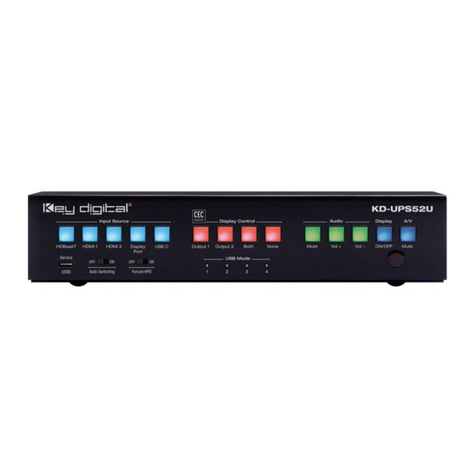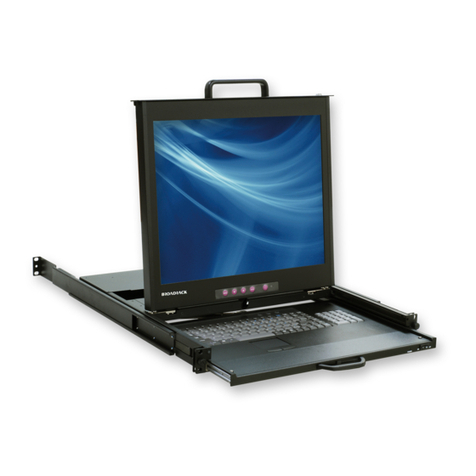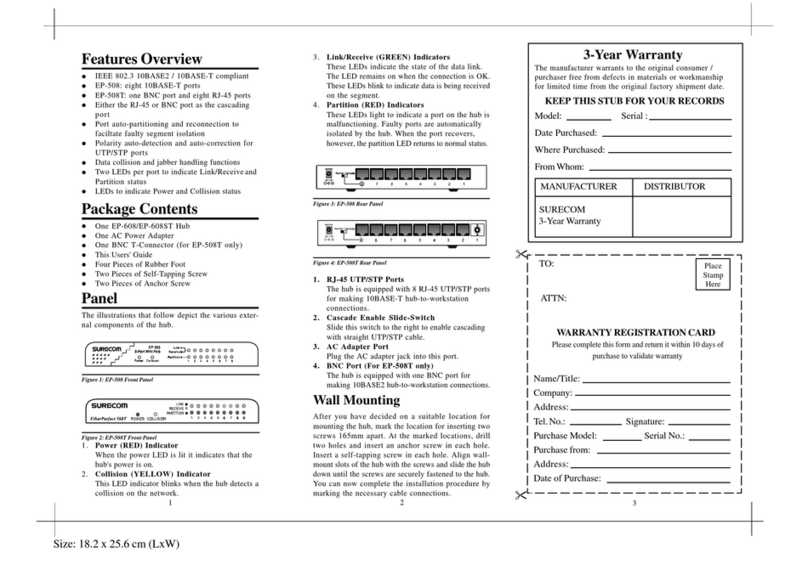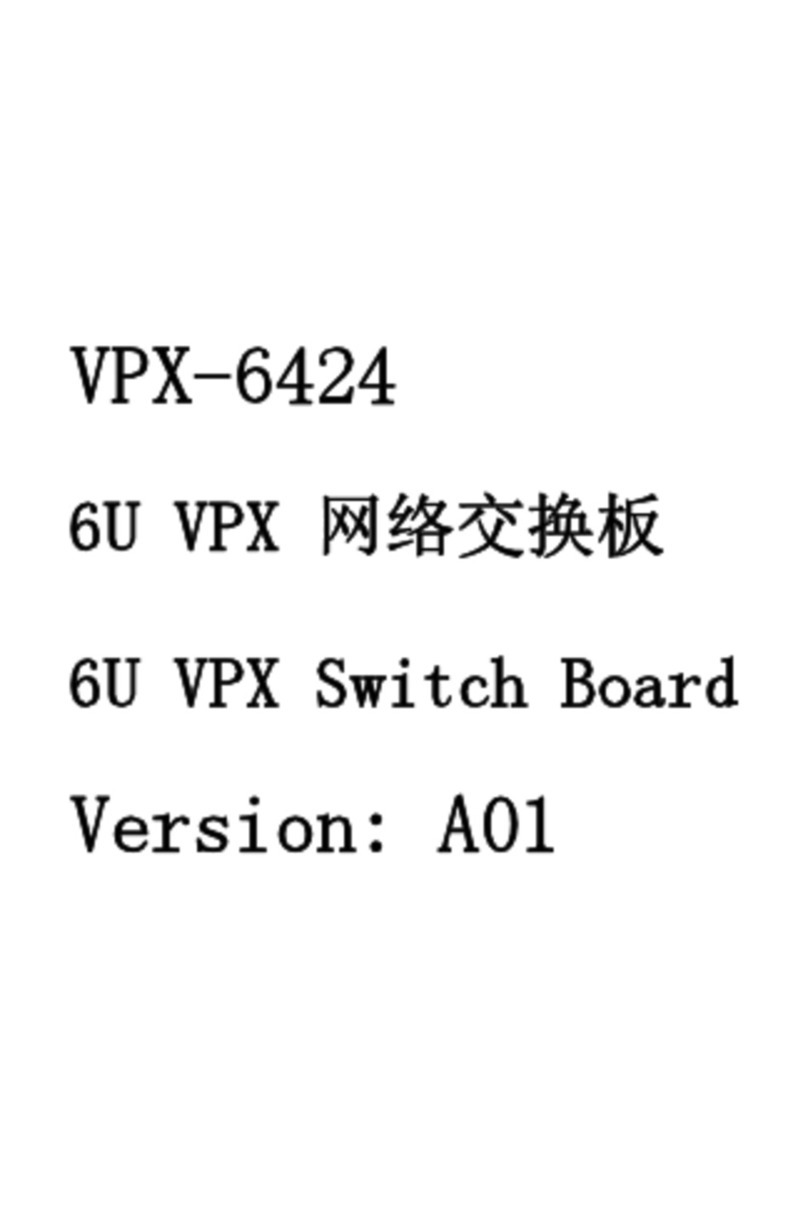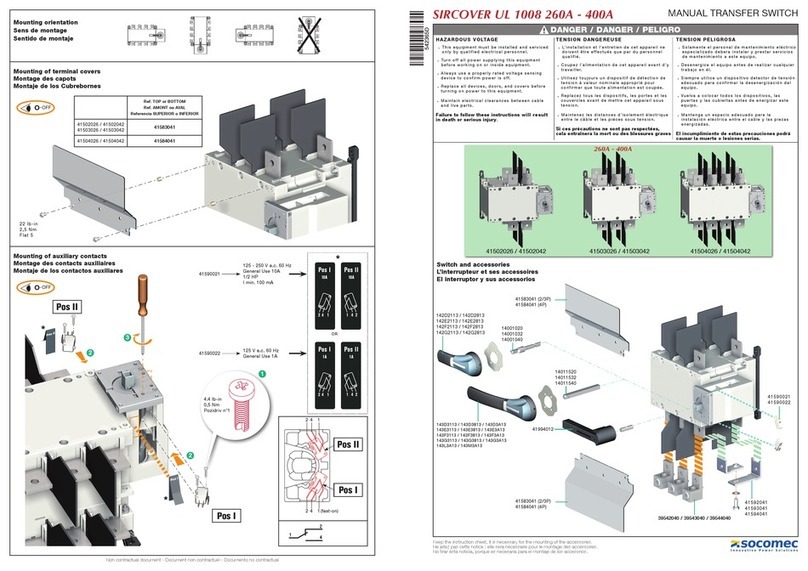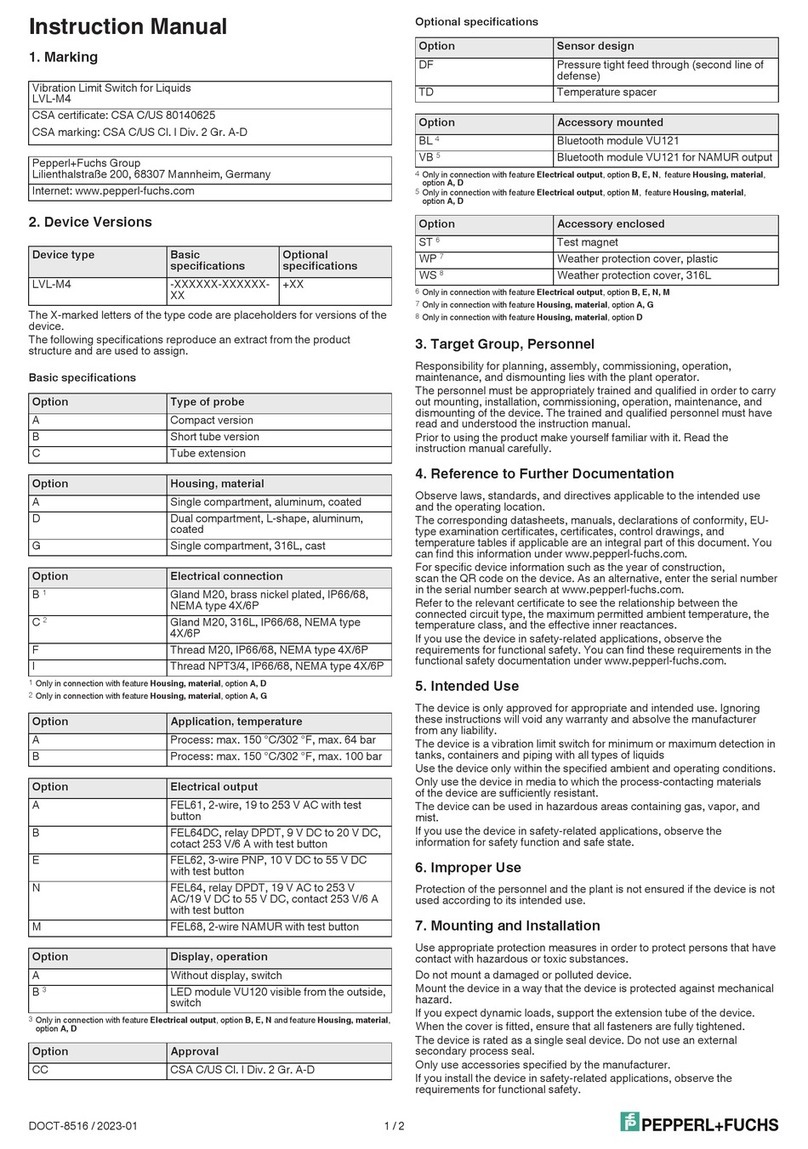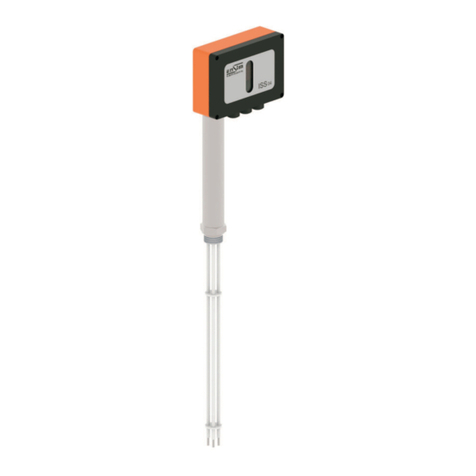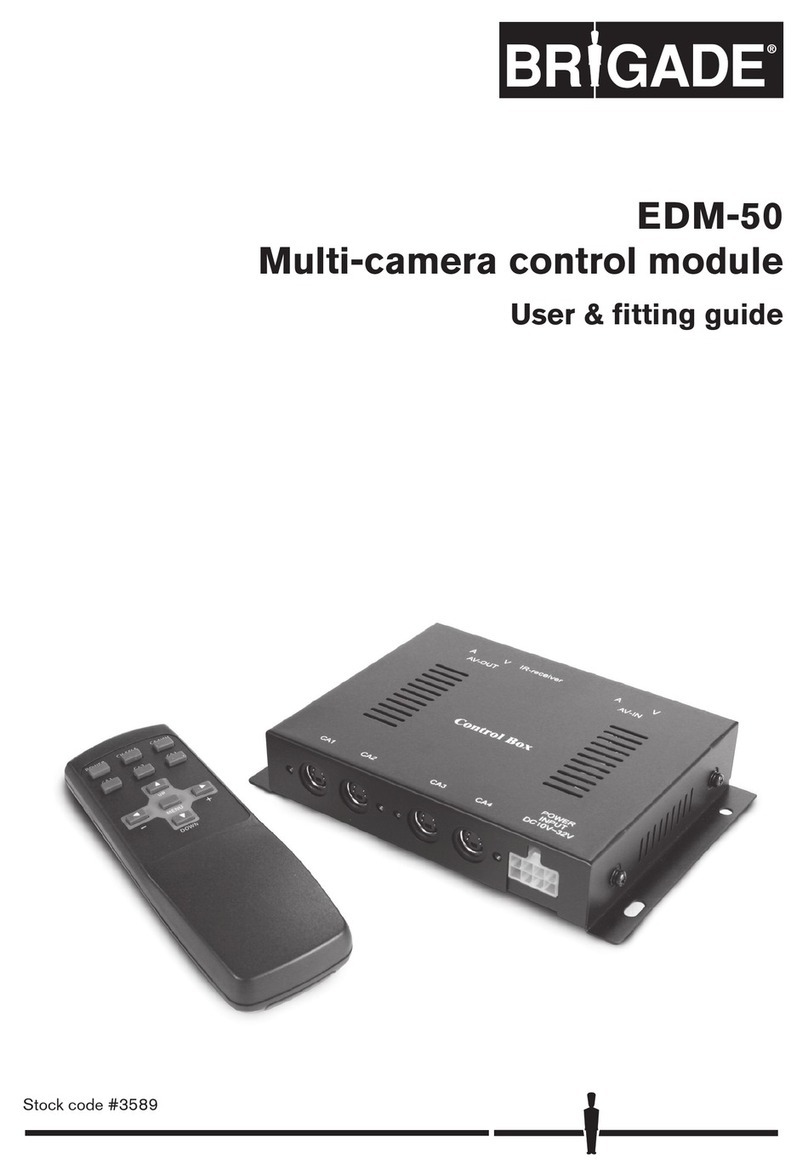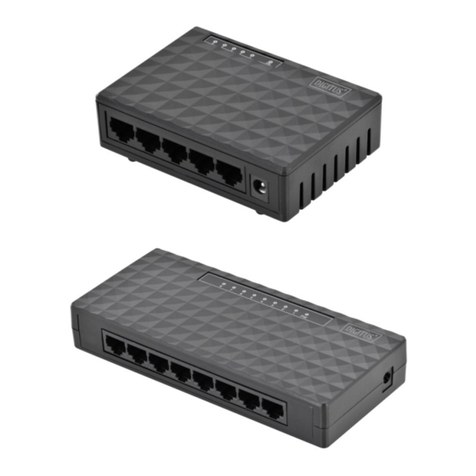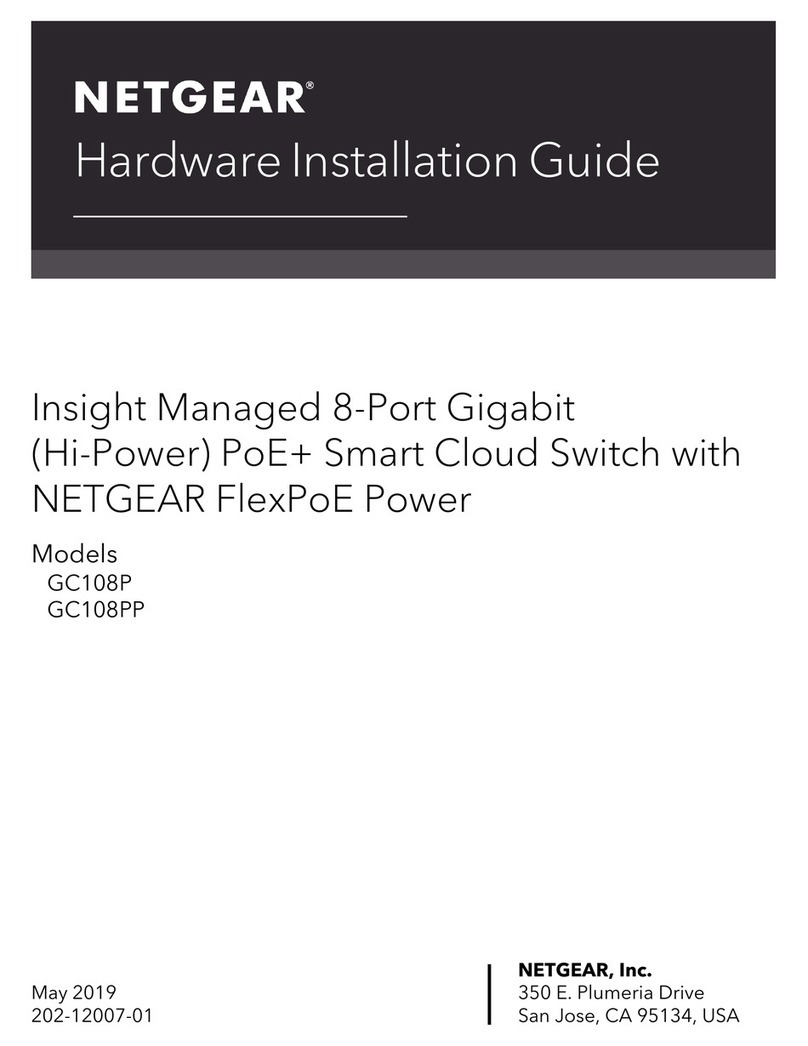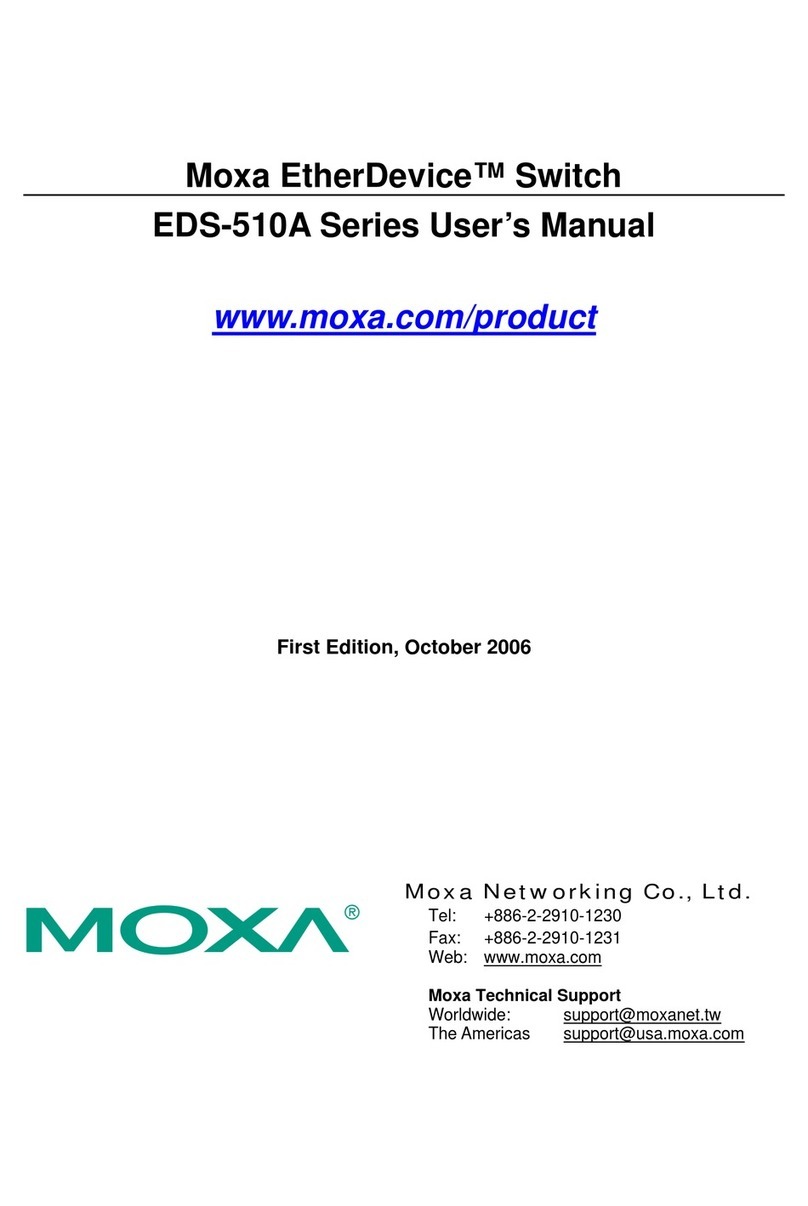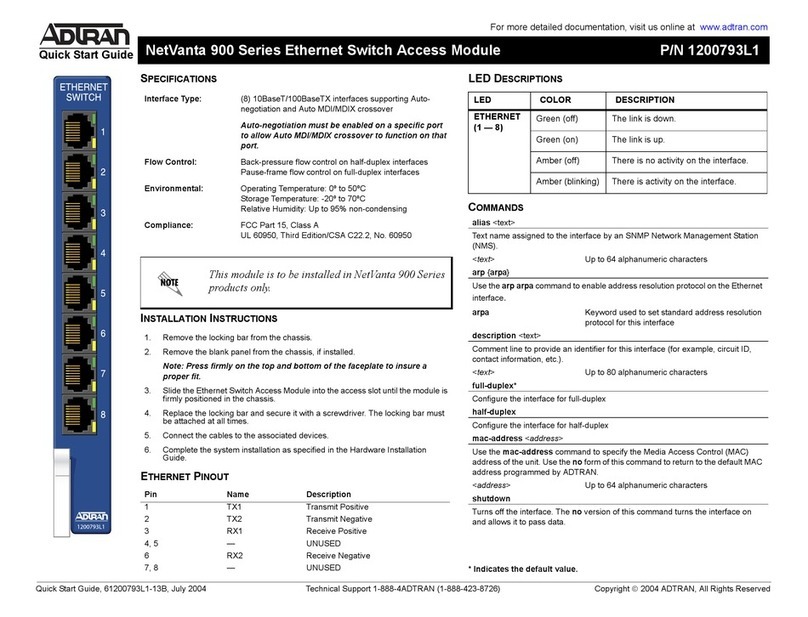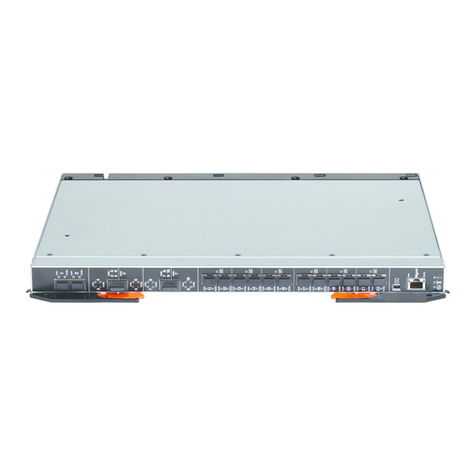GRAS RA0056 User manual

RA0057
High-leak
RA0056
Low-leak
Instruction Manual
RA0056 Low-leak Pinna Simulator ITU-T Rec. P57 Type 3.2
RA0057 High-leak Pinna Simulator ITU-T Rec. P57 Type 3.2
www.gras.dk
LI0076 – 28 September 2017

Revision History
Revision Date Description
1 28 September 2017 Extracted from Earbook as separate document
Any feedback or questions about this document are welcome at gras@gras.dk.
Copyright Notice
© 2005-17 G.R.A.S. Sound & Vibration A/S
http://www.gras.dk
Any technical documentation that is made available by G.R.A.S. is the copyrighted work of
G.R.A.S. and is owned by G.R.A.S.
The content in this document is subject to change without notice. G.R.A.S. Sound & Vibration A/S
is not liable or responsible for any errors or inaccuracies that may appear in this document.
Trademarks
Any other product names mentioned in this document may be trademarks or registered trade-
marks of their respective companies and are hereby acknowledged.
2
LI0076 – 28 September 2017

Contents
Introduction.................................................................................. 4
Low-leak Pinna Simulator RA0056.............................................................. 4
High-leak Pinna Simulator RA0057 ............................................................. 4
Test Situation ............................................................................................ 5
Calibration ................................................................................... 6
Warranty, Service and Repair ........................................................... 7
Calibration................................................................................................. 7
Warranty................................................................................................... 7
Service and Repairs.................................................................................... 7
3
LI0076 – 28 September 2017

Introduction
These Pinna Simulators (Fig. 1) are for use with the RA0045. In both cases, they screw directly
onto the RA0045 as shown in Fig. 2 to simulate a complete ear for testing supra-aural ear-
phones, telephone handsets and loudspeakers.
They differ only in the amount of simulated leakage designed into each, otherwise they are geo-
metrically similar. An ear-canal extension is simulated by the hole that directs the sound to the
microphone of the RA0045.
Both comply with the specifications given in:
ITU-T Recommendation P.57 (12/11) “Series P: Terminals and Subjective and Objective Assess-
ment Methods”.
Low-leak Pinna Simulator RA0056
Use this for tests which simulate a telephone handset or earphone held comfortably against the
listener’s ear.
High-leak Pinna Simulator RA0057
Use this for tests which simulate a telephone handset or earphone held slightly away from the
listener’s ear.
View ‘A’
A
Low-leak
capillary
GR0453
Rubber seal.
One for each
Pinna Simulator
RA0057
High-leak
RA0056
Low-leak
High-leak
holes
Simulated
ear-canal
extension
Fig. 1. Exploded view of all the user-serviceable components of the Pinna Simulators
4
LI0076 – 28 September 2017

RA0057
High-leak
RA0056
Low-leak
Screw thread
for RA0045
Ear Simulator Simulated ear-
canal extension
Fig. 2. Showing the reverse sides of the Pinna Simulators
Test Situation
In a test situation, the Pinna Simulator (irrespective of which) should be placed centrally over the
telephone handset or earphone as shown in Fig. 4, making light contact with the soft rubber seal.
Fig. 3. Pinna Simulator with RA0045 and 26AK ½” Preamplifier
Fig. 4. Place the Pinna Simulator centrally over the earpiece of the telephone handset
5
LI0076 – 28 September 2017

Calibration
Important! do not extract the microphone housed in the RA0045 Ear Simulator since this will
invalidate the factory calibration. If it ever becomes necessary to extract the microphone, use the
special tool RA0071 available from G.R.A.S.
The Pistonphone must be fitted with a 1” Microphone Coupler RA0023 and used with a special
Adapter RA0119, available from G.R.A.S.
1) The set up for the calibration check is shown Fig. 5.
2) Make sure that the rubber seal of the Pinna Simulator seats firmly inside the Adapter.
3) Switch the Pistonphone on.
4) Set the Gain on the power module to 0.
5) Set the analyser to either wide band or to the ⅓ octave band whose centre frequency is 250 Hz.
6) When conditions are stable, note the reading in millivolts.
For a microphone of nominal sensitivity (12.5mV/Pa) and a nominal Pistonphone signal of
114 dB, an approximate value for the RA0056 Low-leak Pinna Simulator is:
• 95mV(representingadropof≈2.4dB)
7) Repeat, if required, with the RA0057 High-leak Pinna Simulator fitted, a corresponding
approximate value is:
• 15mV(representingadropof≈18.4dB)
RA0023
1" Coupler
RA0119
Pistonphone Adapter
RA0056 Low-leak
Pinna Simulator
Fig. 5. Calibration-check set-up. Make sure that the rubber seal of the Pinna Simulator seats firmly inside the Piston-
phone Adapter
For further information about calibration, see the manual for RA0045.
6
LI0076 – 28 September 2017

Warranty, Service and Repair
Calibration
Before leaving the factory, all G.R.A.S. products are calibrated in a controlled laboratory environ-
ment using traceable calibration equipment.
We recommend a yearly recalibration at minimum, depending on the use, measurement environ-
ment, and internal quality control programs.
We recommend calibration prior to each use to ensure the accuracy of your measurements.
Warranty
Damaged diaphragms in microphones can be replaced. The microphone diaphragm, body, and
improved protection grid are made of high-grade stainless steel, which makes the microphone
resistant to physical damage, as well as corrosion caused by aggressive air or gasses. This,
combined with the reinforced gold-plated microphone terminal which guarantees a highly reli-
able connection,enables G.R.A.S. to offer 5 years warranty against defective materials and
workmanship.
The warranty does not cover products that are damaged due to negligent use, an incorrect power
supply, or an incorrect connection to the equipment.
Service and Repairs
All repairs are made at G.R.A.S. International Support Center located in Denmark. Our Support
Center is equipped with the newest test equipment and staffed with dedicated and highly skilled
engineers. Upon request, we make cost estimates based on fixed repair categories. If a product
covered by warranty is sent for service, it is repaired free of charge, unless the damage is the
result of negligent use or other violations of the warranty. All repairs are delivered with a service
report, as well as an updated calibration chart.
WEEE directive:
2002/96/EC
CE marking directive:
93/68/EEC
Manufactured to conform with:
RoHS directive:
2002/95/EC
G.R.A.S. Sound & Vibration continually strives to improve the quality of our products for our
customers; therefore, the specifications and accessories are subject to change.
7
LI0076 – 28 September 2017
This manual suits for next models
1
Table of contents
